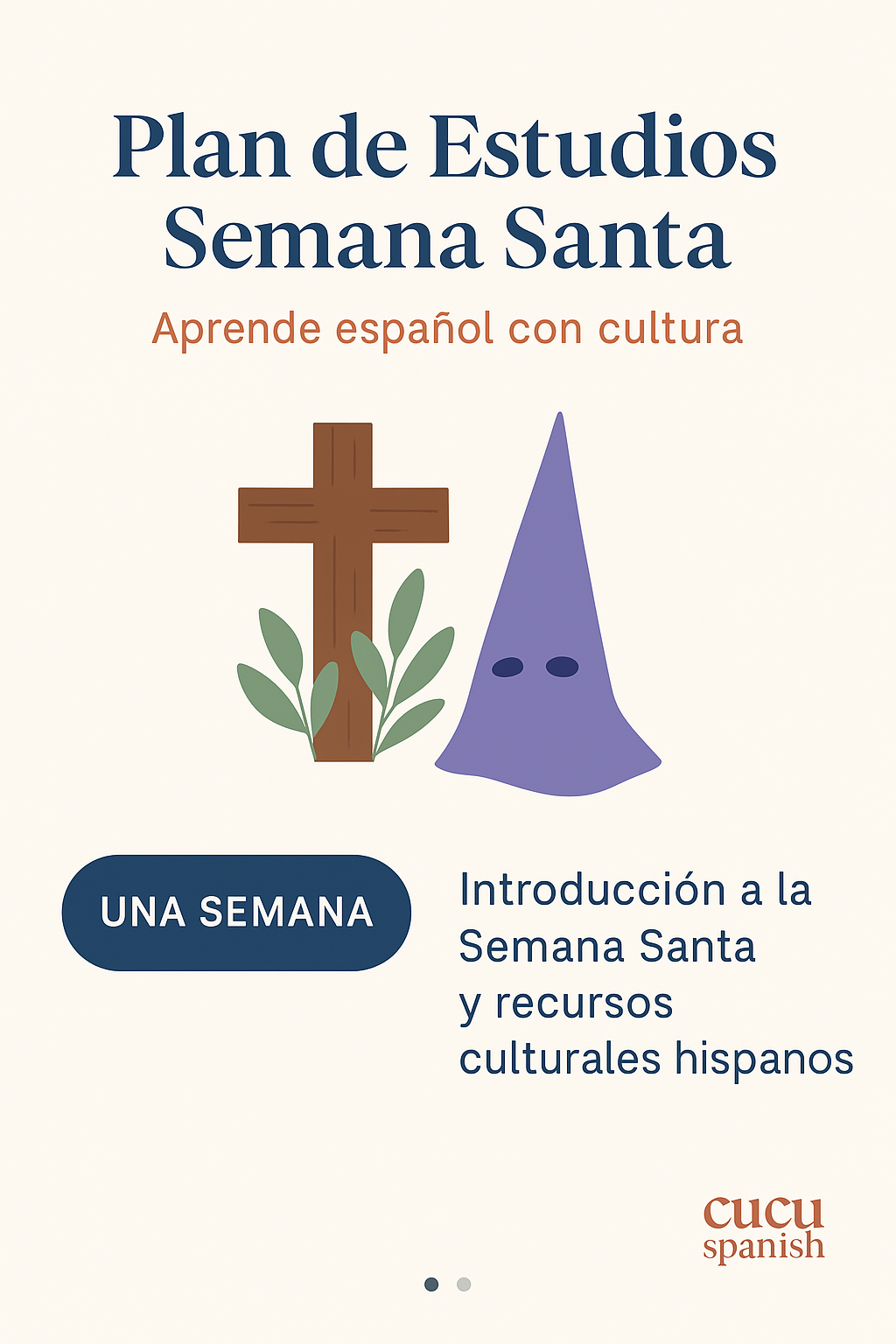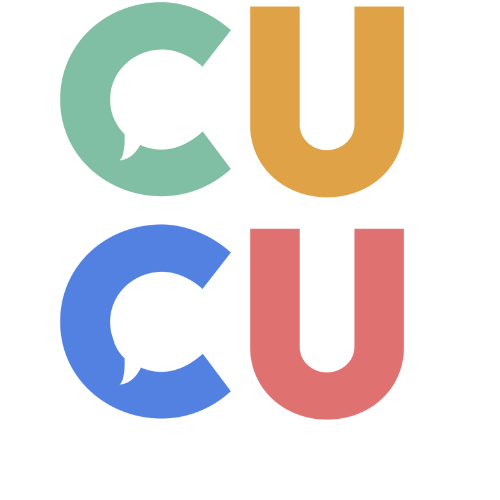Discover how immersing yourself in Spanish cultural celebrations like Semana Santa can enhance your language learning journey. Learn essential vocabulary, fascinating traditions, and deepen your connection to Spanish culture.
What is Semana Santa in Spain?
Semana Santa, or Holy Week, is the annual commemoration of the Passion, Death, and Resurrection of Jesus Christ in Spain. This profound cultural celebration takes place during the week leading up to Easter Sunday and represents one of Spain’s most significant and visually spectacular traditions.
In Spain, Semana Santa is celebrated with unparalleled devotion and pageantry. Nowhere else in the world will you find Holy Week commemorated quite like this! Spaniards, particularly in Andalusia, experience this event with extraordinary passion—just ask the residents of Seville, where Semana Santa transcends religious observance to become almost a way of life.
At Cucu Spanish, we believe that truly mastering Spanish means understanding the cultural context behind the language. That’s why we guide our students through the rich cultural calendar of Spain and other Spanish-speaking countries—from Semana Santa to other important celebrations that shape the Hispanic world.
Why Learning About Semana Santa Enhances Your Spanish Skills
Studying cultural traditions like Semana Santa offers Spanish learners multiple benefits:
- Authentic Vocabulary Acquisition: Learn contextual Spanish terms that textbooks rarely cover
- Cultural Fluency: Understand references and expressions that native speakers use regularly
- Deeper Connection: Form meaningful associations with the language through emotional and cultural context
- Conversation Skills: Gain interesting topics to discuss with native Spanish speakers
When you understand Semana Santa, you gain insight into Spanish values, history, and community identity—elements that are essential for true language mastery.
But before we dive in, let’s reflect on some key questions that help us understand any cultural celebration:
- What type of celebration is it?
- When and where is it celebrated?
- Why is it important?
- How is it celebrated?
- What key vocabulary and symbols define it?
Now, let’s explore one of Spain’s most iconic traditions!
Essential Semana Santa Vocabulary for Spanish Learners
Procesión – Procession
Nazareno – Penitent (dressed in a hooded robe)
Cofradía – Religious brotherhood
Pasos – Religious floats depicting scenes from the Passion of Christ
Saeta – Traditional song sung during processions
Capirote – Pointed hood worn by penitents
Palma – Palm leaf, often carried on Palm Sunday
Resurrección – Resurrection

Understanding these terms will help you follow conversations about Semana Santa and appreciate news coverage of the celebrations.
Regional Variations of Semana Santa Across Spain
Semana Santa celebrations vary significantly across different regions of Spain, each with distinctive traditions:
Andalusia: Spain’s Most Famous Celebrations
The southern region of Andalusia—particularly Seville and Málaga—hosts Spain’s most internationally renowned Semana Santa celebrations. Here, processions feature:
- Elaborate pasos (floats) adorned with gold and silver
- Thousands of nazarenos (penitents) in colorful robes
- Emotional saetas (songs) performed spontaneously from balconies
- Massive crowds that follow processions throughout day and night
Castilla y León: Solemn and Historical
In cities like Zamora, León, and Valladolid, Semana Santa takes on a more solemn character:
- Silent processions with minimal musical accompaniment
- Ancient wooden sculptures dating back centuries
- Nighttime processions illuminated only by candles
- Strong focus on historical authenticity
Aragón: The “Rompida de la Hora”
In the northeastern region of Aragón, particularly in Calanda, the tradition of “Rompida de la Hora” (Breaking of the Hour) features:
A tradition dating back to medieval times
Experience Semana Santa Through Spanish Learning
At Cucu Spanish, we believe in learning Spanish through cultural immersion. If you’re fascinated by Semana Santa and want to deepen your Spanish language skills through cultural understanding, we offer several ways to engage:
- Join our cultural conversation classes focused on Spanish traditions
- Practice with our specialized vocabulary guides for cultural celebrations
- Prepare for your Spanish exams with culturally-rich materials
Free Semana Santa Spanish Lesson Guide
Ready to enhance your Spanish through Semana Santa traditions? Download our FREE Semana Santa Spanish Lesson Guide that includes:
- Comprehensive vocabulary list with pronunciation guides
- Reading comprehension exercises about Holy Week traditions
- Conversation prompts for discussing cultural celebrations
- Writing activities to practice your Spanish skills
Download Your FREE Semana Santa Spanish Lesson Guide
Join over 500 Spanish learners who have improved their language skills through cultural understanding!
Frequently Asked Questions About Semana Santa in Spain
When exactly is Semana Santa celebrated?
Semana Santa takes place during the week leading up to Easter Sunday, typically in late March or April, depending on the liturgical calendar.
What should visitors wear when attending Semana Santa processions?
Modest, comfortable clothing is recommended. Many locals dress formally, especially for the main processions. Comfortable shoes are essential as you may be standing for long periods.
Can non-Catholics participate in Semana Santa activities?
Absolutely! While Semana Santa is a Catholic celebration, the processions and cultural events are open to everyone regardless of religious affiliation. Many non-religious people attend for the cultural and artistic aspects.
What’s the best city in Spain to experience Semana Santa?
Seville is widely considered the epicenter of Semana Santa celebrations, but Málaga, Granada, Zamora, and Valladolid also offer exceptional experiences with their own unique traditions.
How can I learn more Spanish vocabulary related to cultural celebrations?
Explore our Spanish Cultural Calendar series or join our Conversation Club where we regularly discuss Spanish and Latin American traditions.
¡Un abrazo!
Esther Amorós
Founder, Cucu Spanish

